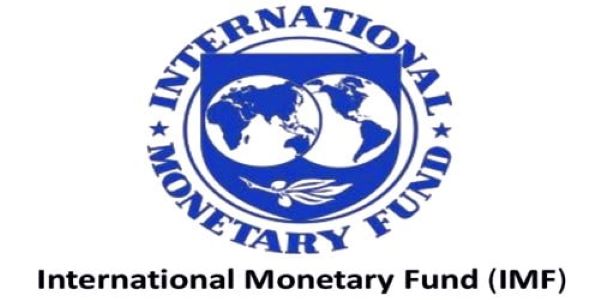The October 2020 Global Financial Stability Report, released by the International Monetary Fund (IMF), indicates that whereas “the global banking system is well capitalised”, non-bank financial institutions (NBFIs) face heightened levels of vulnerabilities, intensifying concerns for financial stability in some countries.
The IMF intimated that “banks entered the COVID-19 crisis with significantly stronger capital and liquidity buffers” compared to what they had during the Global Financial Crises that occurred in 2008-09. As such, banks can provide credit amidst the pandemic.
“Policies aimed at supporting borrowers and encouraging banks to use the flexibility built into the regulatory framework have likely supported banks’ willingness and ability to lend”.
However, the IMF stated that “some banks are already starting to tighten their lending standards, which could have adverse implications for the recovery”.
Also, non-bank financial institutions (NBFIs) equally received policy support enabling them to deal with the high exposure to vulnerabilities and the market turmoil induced by the pandemic, yet “fragilities remain high” the IMF opined.
According to the IMF, “NBFIs play a growing role in credit markets, including riskier segments, and the increased links between NBFIs and banks imply that fragilities could spread through the financial system”.
Besides, some emerging and frontier economies face financial difficulties, which could usher them into debt distress or financial instability, leaving them with no option but to resort to official support to meet their funding needs.
The IMF, therefore, urged that “as economies reopen, accommodative policies will be essential to ensure that the recovery takes hold and becomes sustainable”.
“Unprecedented policy actions taken in response to the pandemic have been successful in boosting investor sentiment and maintaining the flow of credit to the economy. To cope with cash flow pressures, firms have stepped up bond issuance, tapped bank credit lines (most notably in the United States), and taken advantage of government-guaranteed loans”.

The IMF’s Monetary and Financial Policy Road Map suggests that during the period of gradual reopening and easing of restrictions after the lockdown, continued monetary policy accommodation and liquidity support should be maintained to sustain the recovery but pricing should be adjusted to “incentivize a gradual exit”. Additionally, the banks should be encouraged to continue to provide credit by using capital and liquidity buffers. Non-financial private sectors are supposed to “extend moratoria on debt service only if necessary, to prevent widespread insolvencies” and then, multilateral support given to emerging and frontier market economies facing financing challenges.
Next on the Policy Road Map is the period when the pandemic is under control, which will involve withdrawing liquidity support gradually, and maintaining monetary policy until policy objectives are achieved. Banks will have to rebuild capital and liquidity buffers steadily, establish reliable plans to moderate problem assets as well as encourage more digital investment to foster efficiency and inclusion in the financial sector. Also, there will be a need for green recovery and to recapitalize and restructure nonviable firms in the non-financial private sector.
Lastly is the post-pandemic reform agenda, which will involve strengthening the regulatory framework in the non-bank financial sector to tackle vulnerabilities exposed during the crisis.
The IMF cautioned that “Policymakers should be mindful of intertemporal trade-offs and of unintended consequences—the benefits of using available buffers today should be carefully balanced against the possible need for further support in the future, as well as the risk of exacerbating future vulnerabilities”.
The IMF further asserted that “the post-pandemic financial reform agenda should focus on strengthening the regulatory framework for the non-bank financial sector and stepping up prudential supervision to contain excessive risk-taking in a lower-for-longer interest-rate environment”.





















